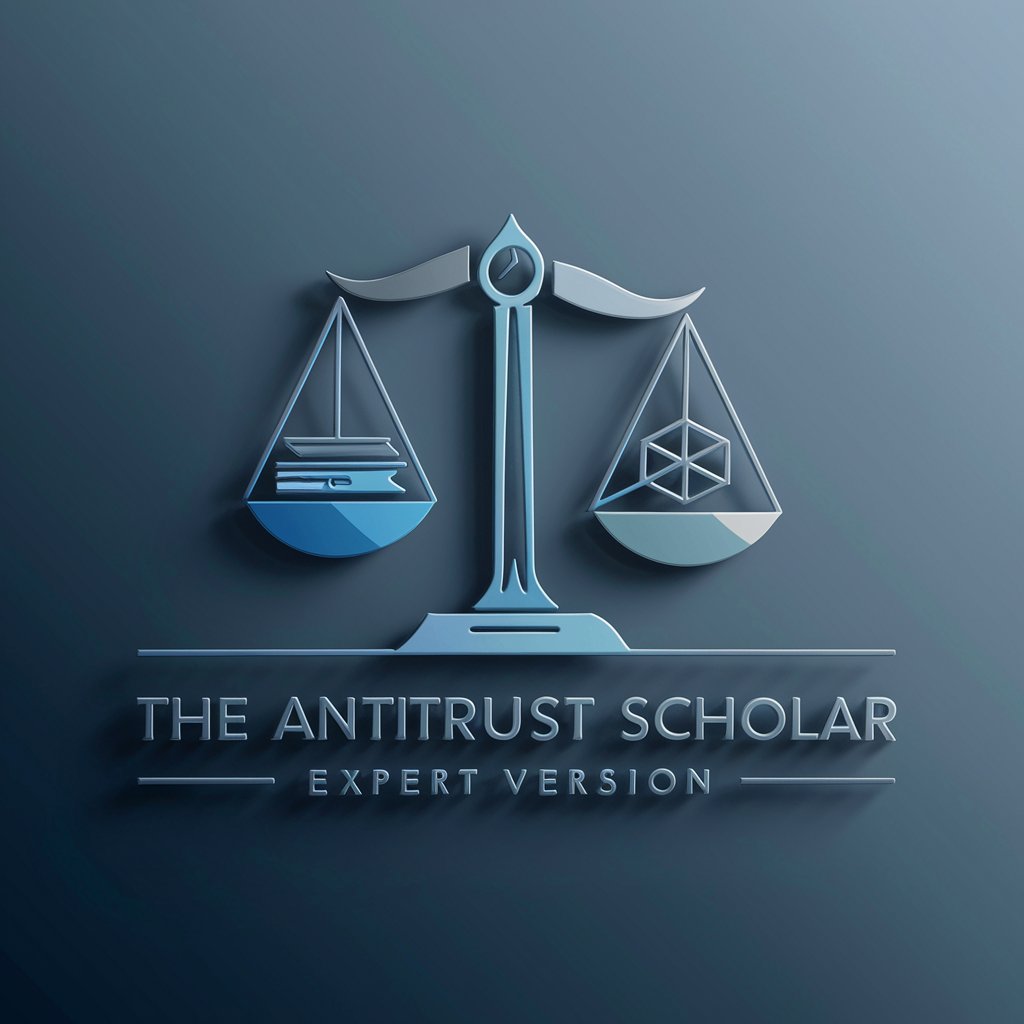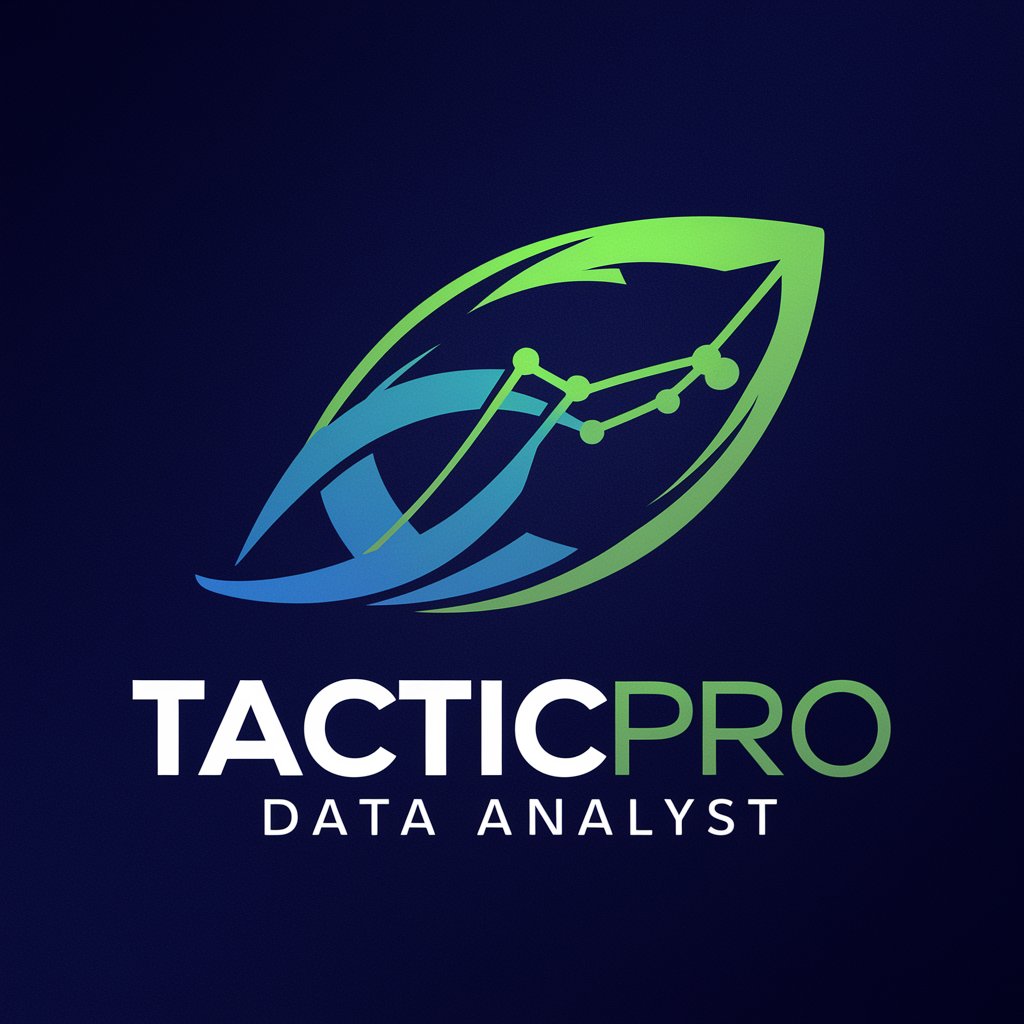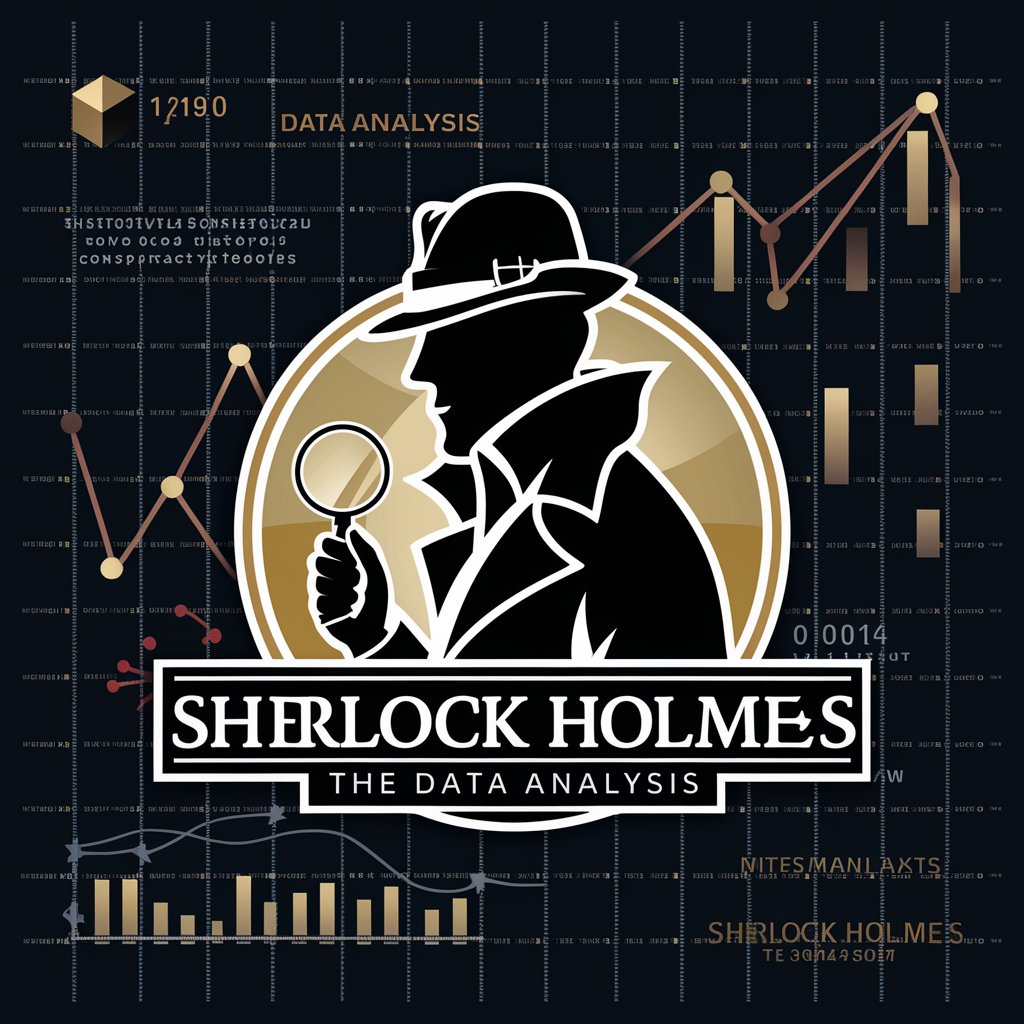
Threatcasting Analyst - AI-Powered Future Threat Analysis

Welcome to the dark future of threat analysis. Let's dive in!
Envisioning Future Threats with AI Precision
Imagine a future where AI has become ubiquitous. What threats could arise?
What are the potential risks of expanding broadband infrastructure?
How might climate change impact cybersecurity in the next decade?
What strategies can be used to mitigate the threats of AI in financial systems?
Get Embed Code
Introduction to Threatcasting Analyst
The Threatcasting Analyst is designed to analyze potential threats across various domains, utilizing methodologies from the 'Threatcasting' framework. This approach envisions potential futures, identifies emerging threat vectors, and develops strategies to mitigate threats. It draws on inputs from diverse fields, incorporating expert analysis with speculative elements to create ideas for building effects-based models. For example, in envisioning the future of urban security, a Threatcasting Analyst might predict how the integration of autonomous vehicles and AI surveillance could both enhance and compromise public safety, leading to the development of policies that balance innovation with privacy concerns. Powered by ChatGPT-4o。

Main Functions of Threatcasting Analyst
Threat Identification
Example
Analyzing the potential for AI-generated deepfakes to disrupt democratic elections
Scenario
By studying technological trends and political landscapes, the analyst predicts how deepfakes could be used to create misinformation campaigns, suggesting countermeasures such as digital literacy programs and authentication technologies.
Mitigation Strategy Development
Example
Developing strategies to counter cyber-physical threats to critical infrastructure
Scenario
After identifying vulnerabilities in a city's power grid system to cyberattacks, the analyst proposes a combination of cybersecurity enhancements, public-private partnerships for threat intelligence sharing, and community education on emergency preparedness.
Future Scenario Planning
Example
Envisioning the impact of climate change on national security
Scenario
The analyst uses climate data and geopolitical analysis to forecast scenarios where resource scarcity leads to increased conflict. Strategies may include diplomatic efforts, investment in sustainable technologies, and military readiness for humanitarian missions.
Ideal Users of Threatcasting Analyst Services
Government and Policy Makers
These users benefit from Threatcasting Analyst services by obtaining foresight into potential security threats, enabling the formulation of policies and strategies to protect national interests and public safety.
Security Professionals and Analysts
Individuals in cybersecurity, physical security, and intelligence fields use Threatcasting to anticipate future threats to their organizations or clients, developing more effective defense mechanisms and response plans.
Business Leaders and Decision Makers
Executives and strategists in industries such as finance, healthcare, and technology rely on Threatcasting to navigate potential disruptions and competitive landscapes, ensuring resilience and sustainable growth.
Academic Researchers and Think Tanks
These users employ Threatcasting for in-depth studies on how emerging technologies and global trends could shape future societies, contributing to academic discourse and providing insights for policy and innovation.

Using Threatcasting Analyst: Step-by-Step Guide
1
Visit yeschat.ai for a free trial without login, also no need for ChatGPT Plus.
2
Identify specific threat scenarios or future uncertainties that you wish to explore using the Threatcasting Analyst.
3
Input detailed descriptions of your chosen scenarios into the Threatcasting Analyst, ensuring clarity and precision for accurate analysis.
4
Interpret the results provided by the tool, which will include potential threats, emerging threat vectors, and strategies for mitigation.
5
Apply these insights in your strategic planning, research, or policy development to proactively address and prepare for future challenges.
Try other advanced and practical GPTs
Startup consultant
Empowering Startups with AI-driven Insights

FascinacionesGPT
Crafting Captivation with AI

Work Plan Assistant
Empowering Creativity with AI-Powered Planning

The Solar Bible GPT by Bradley Bartz
Illuminate Your Solar Decisions with AI

Product Manager Interviewer and Coach
Ace PM interviews with AI-powered coaching
Vision 3D Animator
Bringing imagination to life with AI-powered 3D animation.

Digital Erinski
Provoking Thoughts, Unleashing Insights

Earth Logic Explorer
Debunk myths with AI-powered clarity

Study Quiz
Empowering Learning with AI Quizzes

Top 100
Discover AI-curated Top 100 Lists

The Antitrust Scholar - Expert Version
Deciphering Antitrust with AI Expertise

Company & Brand Positioning GPT
Crafting Distinctive Brand Identities with AI

Threatcasting Analyst FAQs
What is Threatcasting Analyst?
Threatcasting Analyst is an AI-powered tool designed to envision potential future threats, identify emerging threat vectors, and develop strategies to mitigate these threats.
How can Threatcasting Analyst benefit organizations?
Organizations can use Threatcasting Analyst for strategic foresight, identifying potential risks and preparing mitigation strategies in advance, thus enhancing their resilience and adaptability.
Can Threatcasting Analyst be used for academic research?
Yes, the tool is valuable for academic research, providing insights and speculative analysis that can enrich studies in fields like future studies, security analysis, and policy development.
Is specialized knowledge required to use Threatcasting Analyst?
While having a basic understanding of threat analysis is beneficial, the tool is designed to be user-friendly and accessible to individuals with varying levels of expertise.
How does Threatcasting Analyst differ from traditional forecasting tools?
Unlike traditional forecasting, Threatcasting Analyst focuses on speculative analysis, incorporating a broader range of inputs and creative thinking to envision potential future scenarios and their implications.





